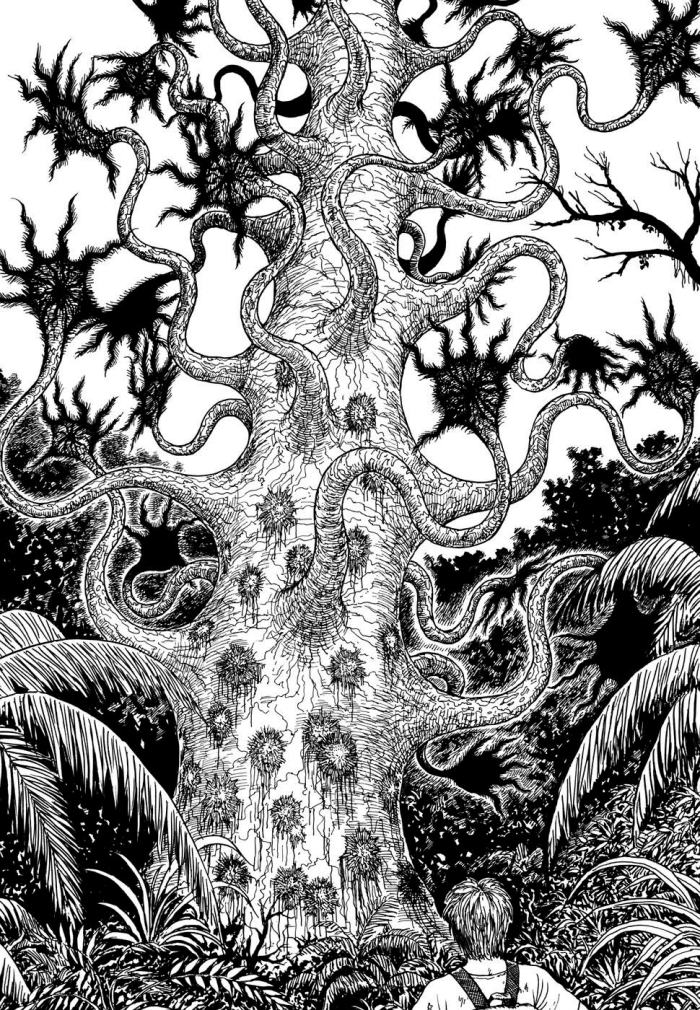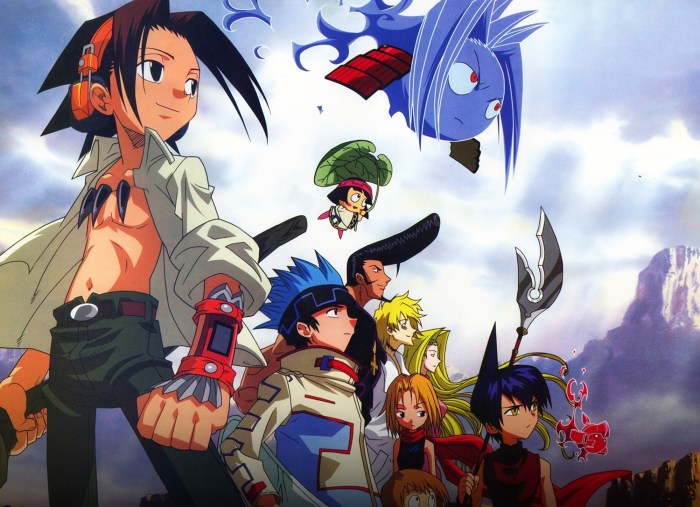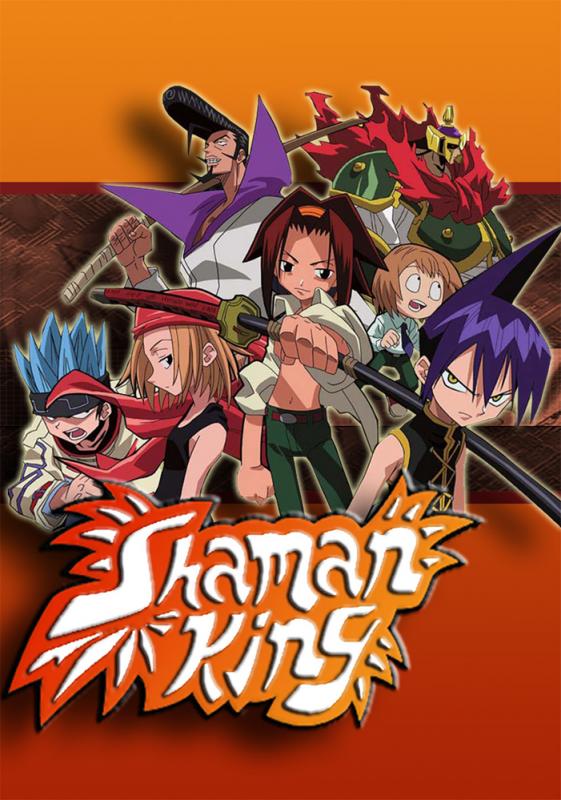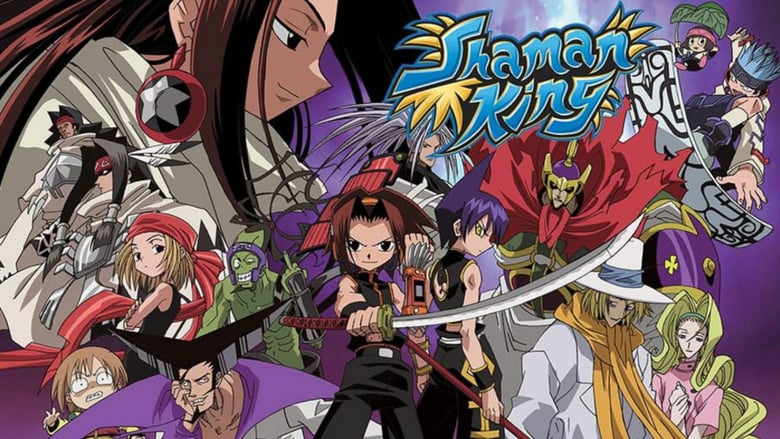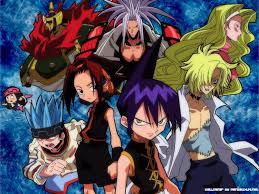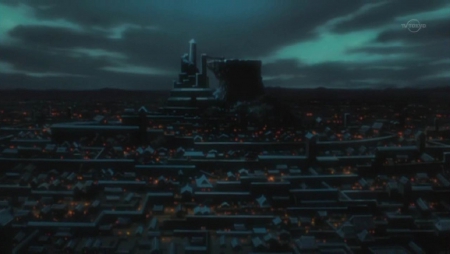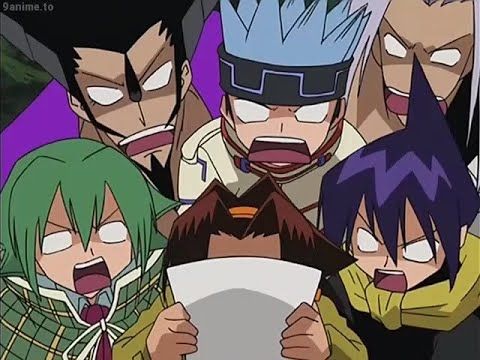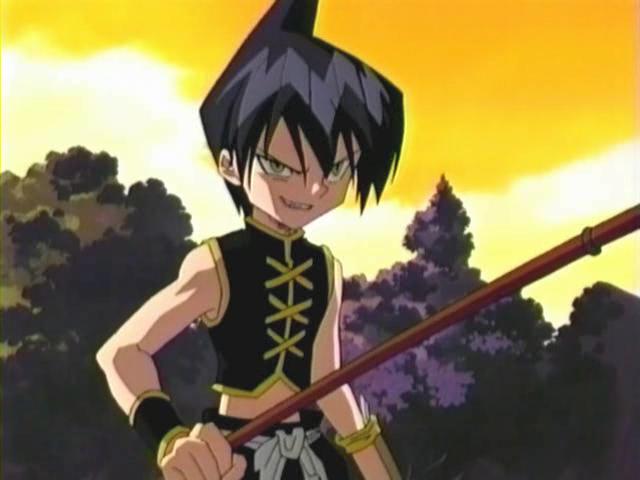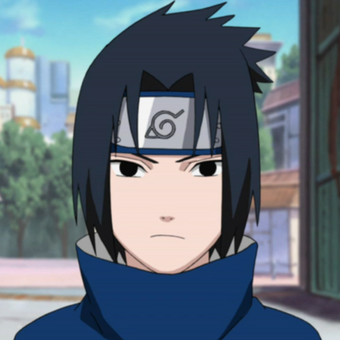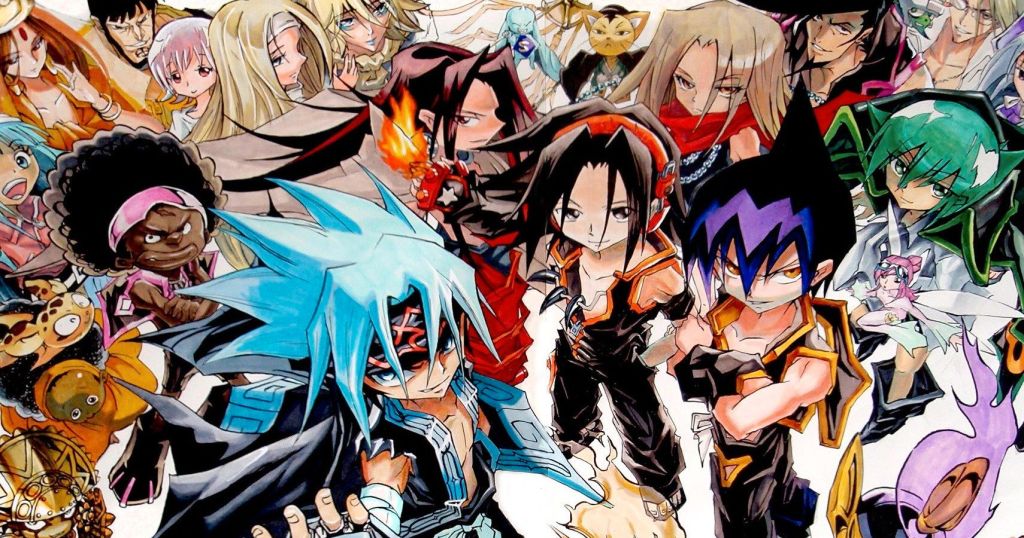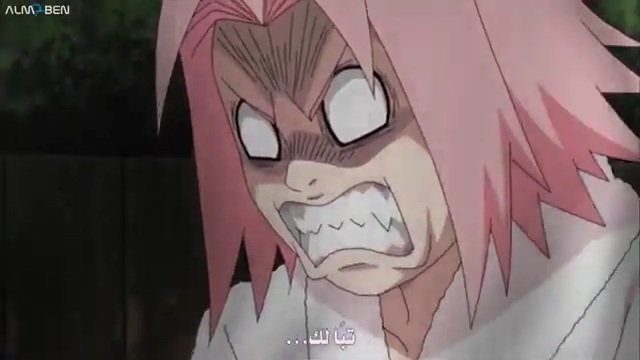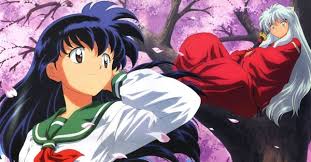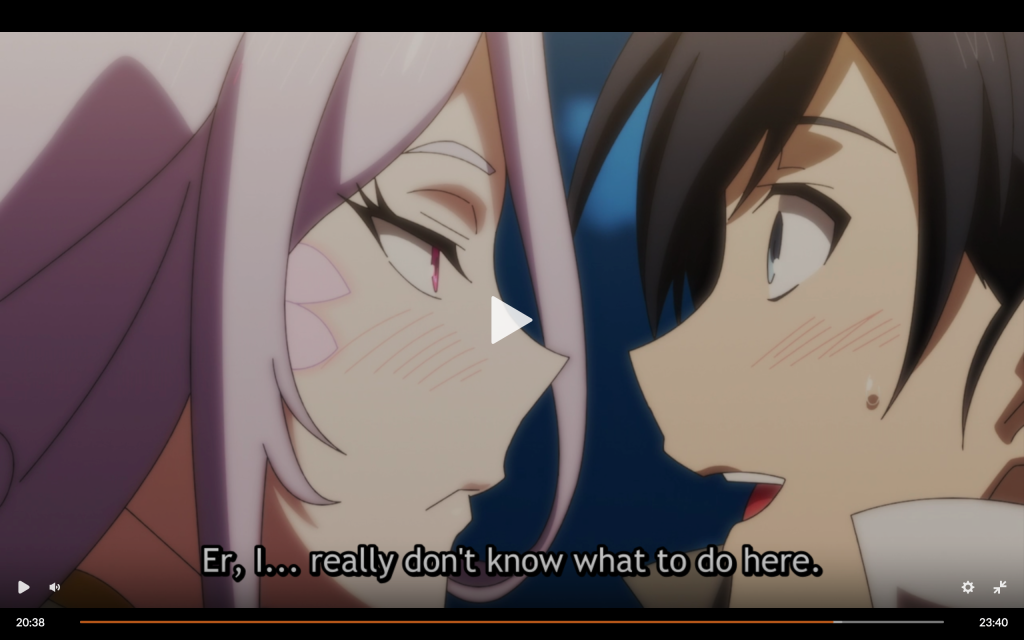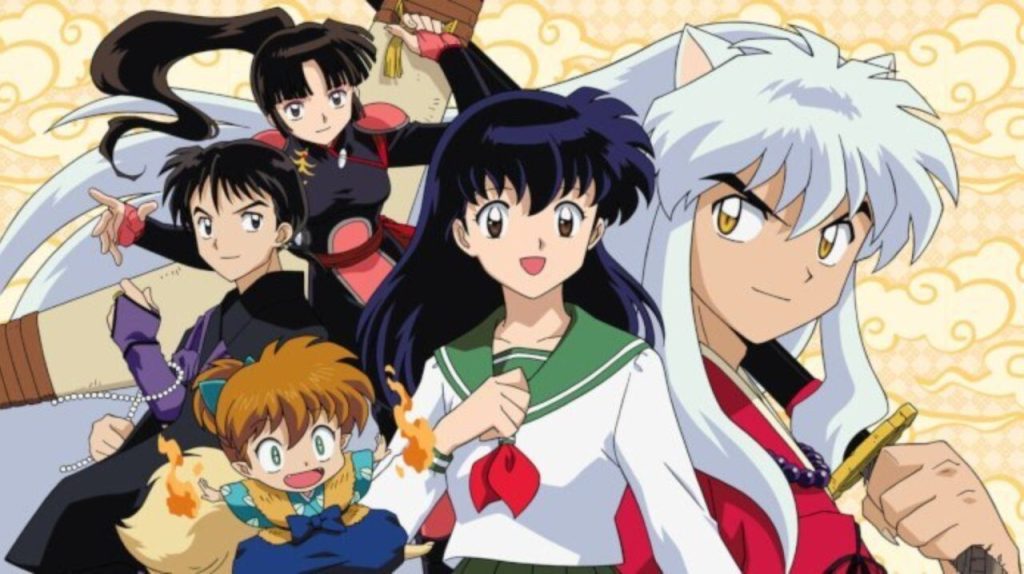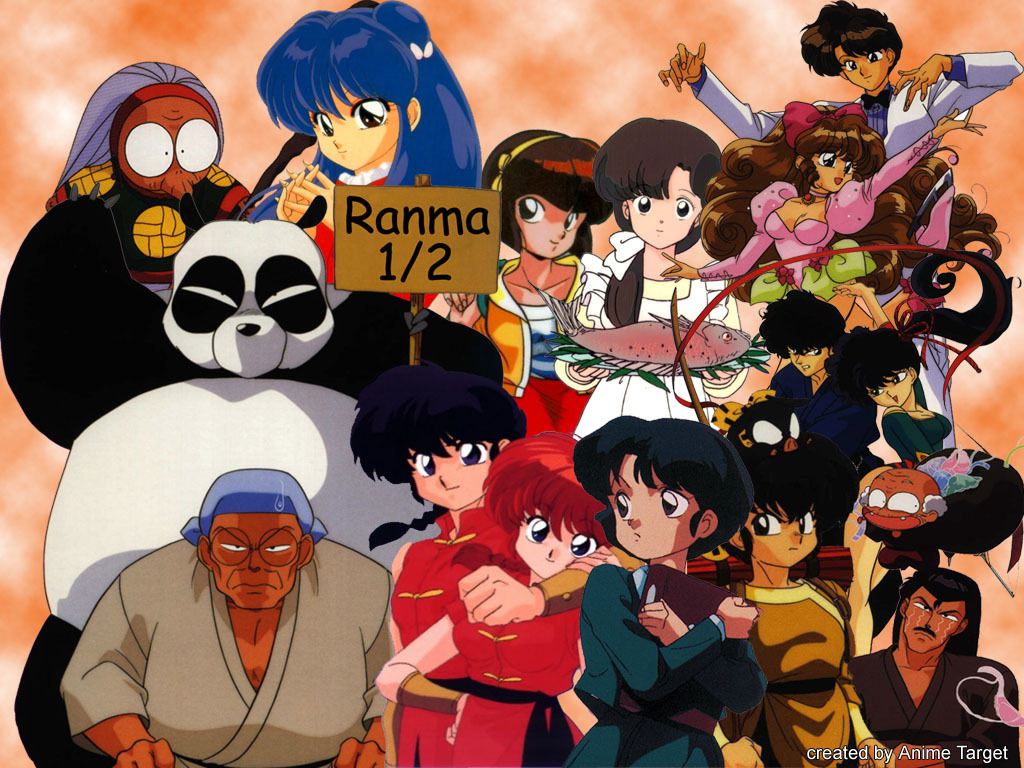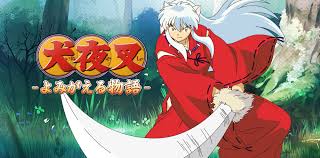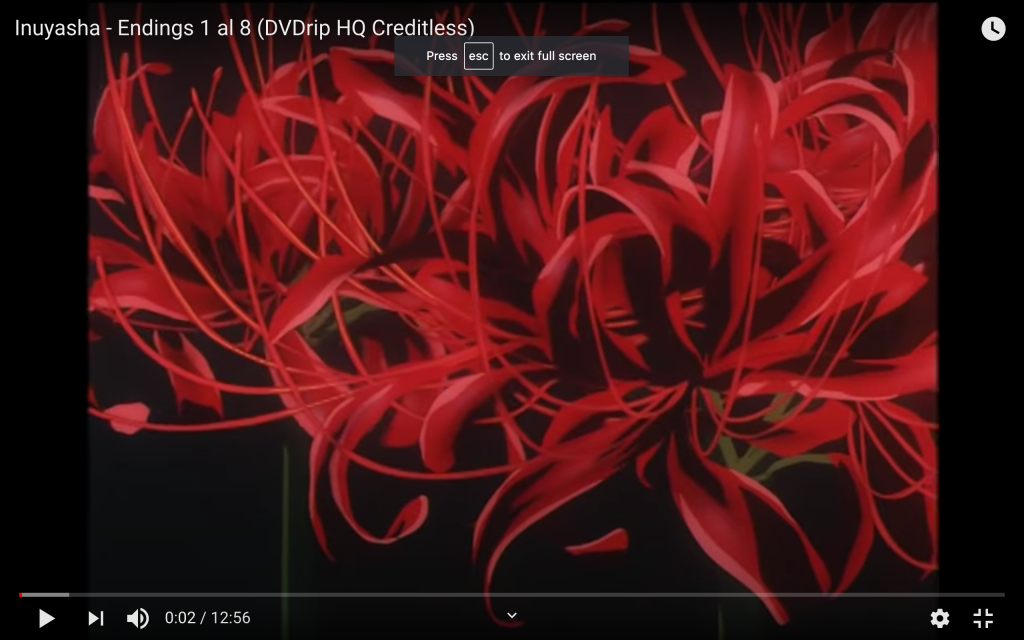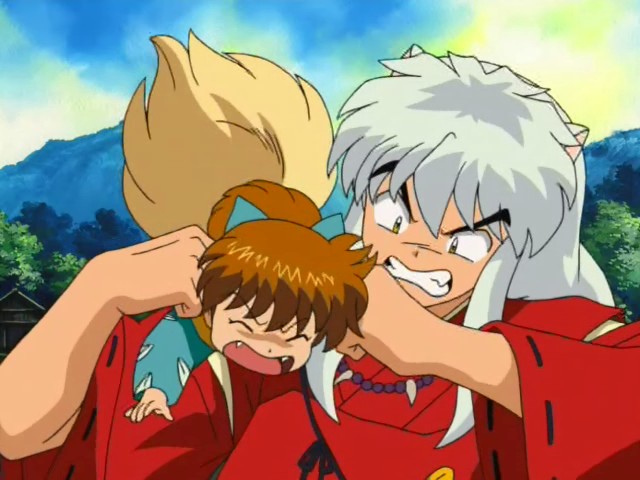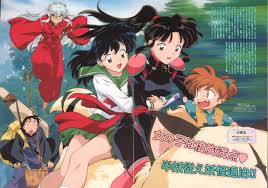Hey!! What time is it?
It’s Junji Ito Time.

Hello my friends. It has been one year since I wrote my last entry of It’s Junji Ito Time, and, personally, I want to thank all of you who have read my entries, because they have proved to be extremely popular. And, to be honest, I absolutely enjoyed writing about Junji Ito. And since it is Halloween month, it is a good opportunity to go back to this wonderful feeling.
Now, let’s go with Splatter Film
STORY
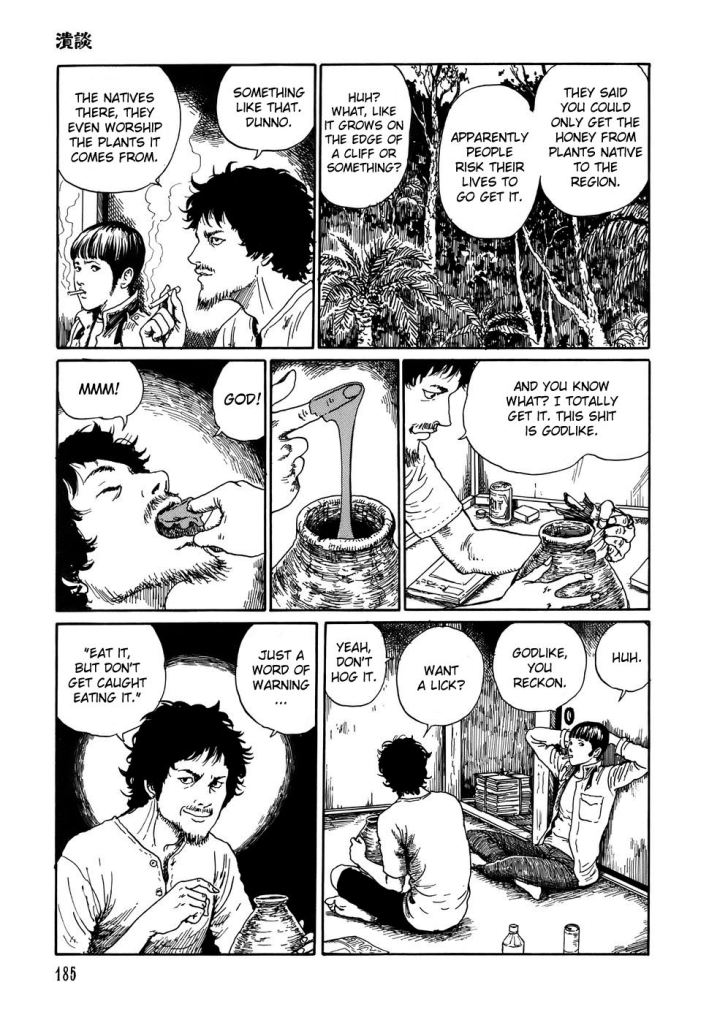
Splatter Film is the seventh and final story of the one-shot series of Junji Ito, New Voice in the Dark, a sequel of the 2002 series of stories, Voices in the Dark.
Splatter film starts with two stoners, Ogi and Sugio. Turns out that Ogi has returned from a trip from South America, and he has recollected some «special» honey and place it in a jar. Ogi revealed that the Natives worshipped the tree that produced that honey, to the point that they will risk their lives to get it.
Shortly afterwards, Ogi offers Sugio a lick, but warns him «not to get caught eating it.», some kind of warning from the place he got the honey. Sugio has his lick, and he finds the honey the most delicious thing he has ever tasted, much to Ogi’s surprise and horror, because Sugio asks for another bite in a pretty obsessed way, however Ogi denies it.
Some time after, Sugio does not enjoy the food as much as the honey. Then he brings his friends into Ogi’s house to get a bit of the honey. However, despite not finding Ogi, Sugio and his friends taste the honey; they also find some stench, and after inspecting the house, they find some «weird decoration» inside the house.
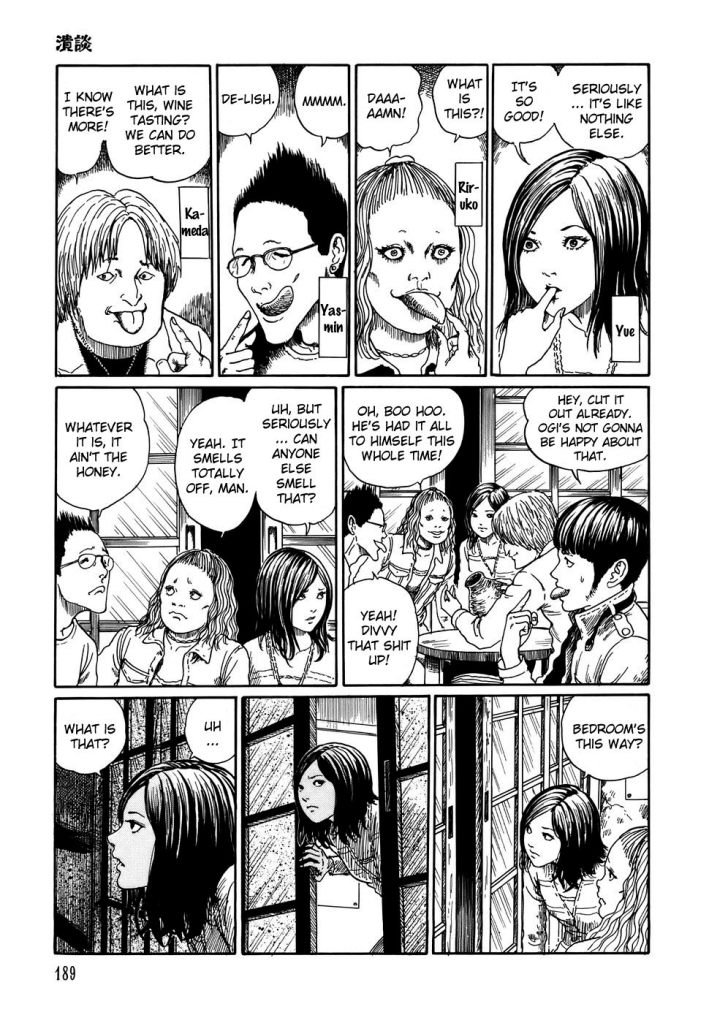
The decoration is a twisted mixture between fluids, fabric and bones. And after a close inspection, Sugio and his friends recognise that it may be Ogi; so after some debate, they leave his house along with the jar.
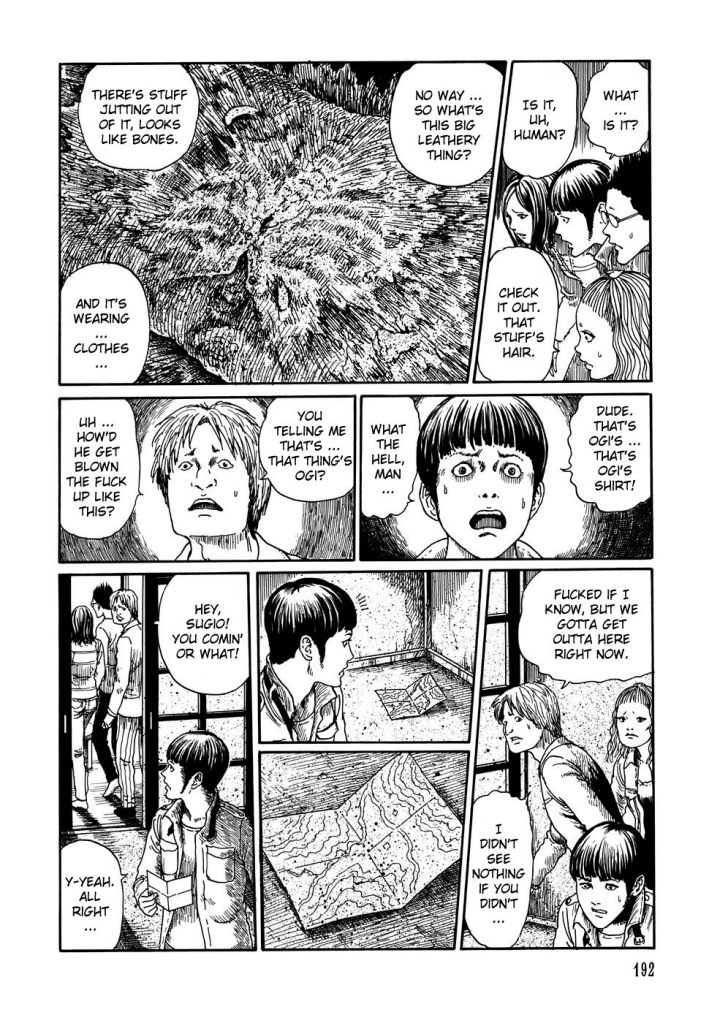
Sugio and his friends divide the honey in equal parts, but suddenly, one of them, a boy called Yasmin, literally splatters after eating the honey. Only that this time, everyone is witness of what happened.
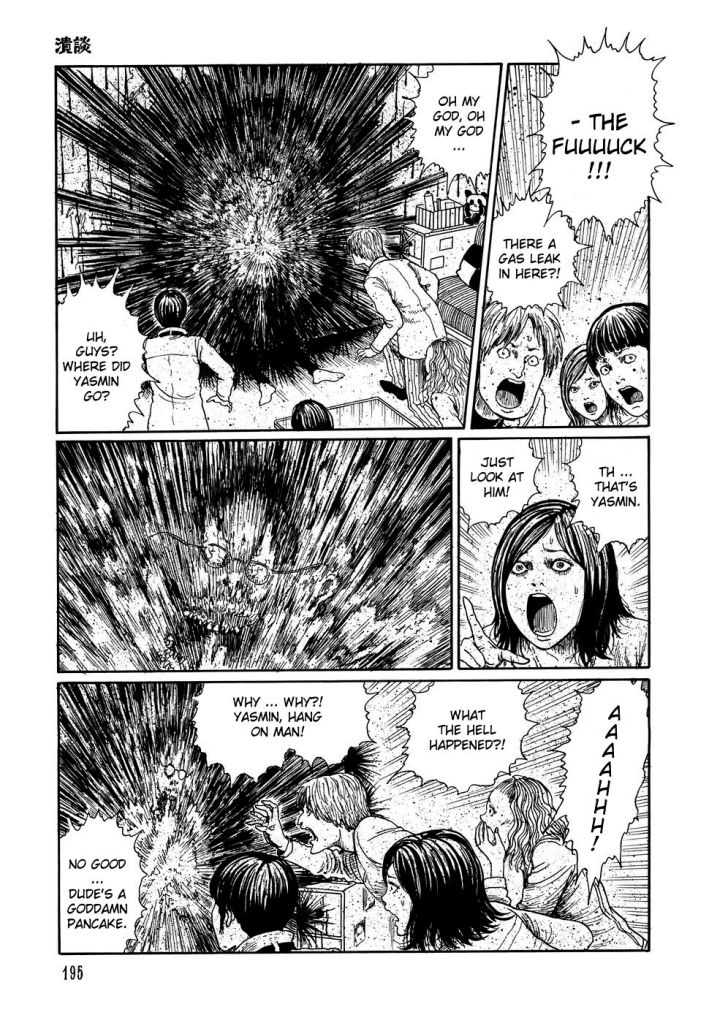
Despite these tow horrific events, Sugio and group continue to eat the honey, until another of them, a girl called Riruko, «splatters», leaving the others in evident horror; after the third splat, Sugio deduces that it is, without a doubt, the honey. Sugio suggests that this could be some kind of «wrath of God», so he suggests stop eating th honey, or «the God with splattter them», but Kameda, one of the boys, discard that as a superstition.
Some days after, only three of the kids survived, Yue, Sugio And Kameda, but they are unable to eat other food, and quickly develop withdrawn symptoms due to stopping eating the honey; because of this, all of them start losing weight. Sugio reveals that the bodies of Riruko, Yasmin and Ogi were in the news, labelling them as the «pancake murders». Immediately Yue and Sugio meet Kameda, who lost weight too and had two friends «splattered» after they found his stash. Three friends can’t take it anymore, in both not eating the honey and not knowing what «not getting caught» means, so they start eating the honey again, which causes Sugio to splatter in front of them.
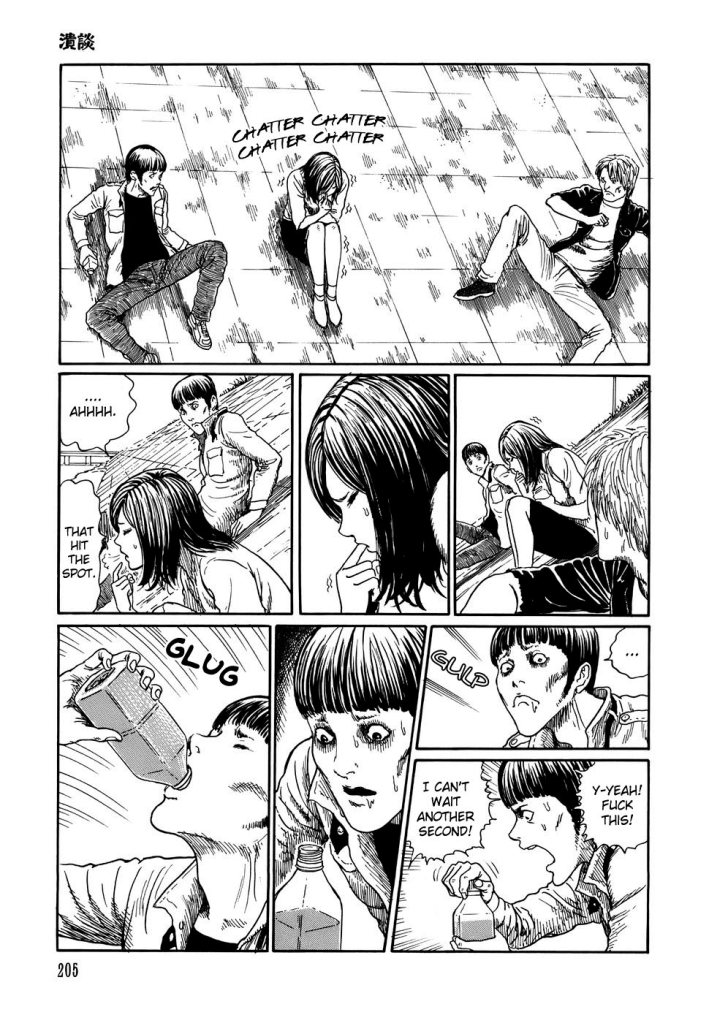
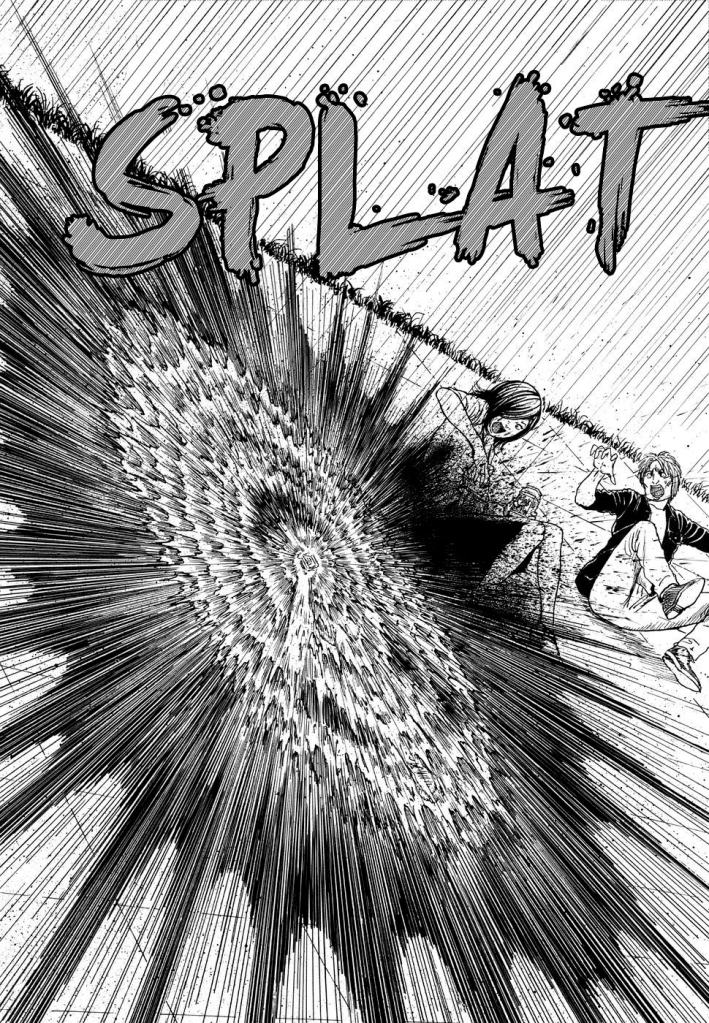
After that, Yue loses her sanity, and throws into the river, believing that «the thing» will not get her there. Unfortunately she is wrong, because something comes from the sky and crashes her.

Shortly afterwards, Kameda travels to South America, to get more of the honey, and after following the map left by Ogi in his wallet, he discovers that it comes from a monstrous tree with branches long enough to reach anywhere in the world, like something of World Tree. Despite this, Kameda makes the huge mistake of eating honey from the tree, which resulted in his death, and ending the story.
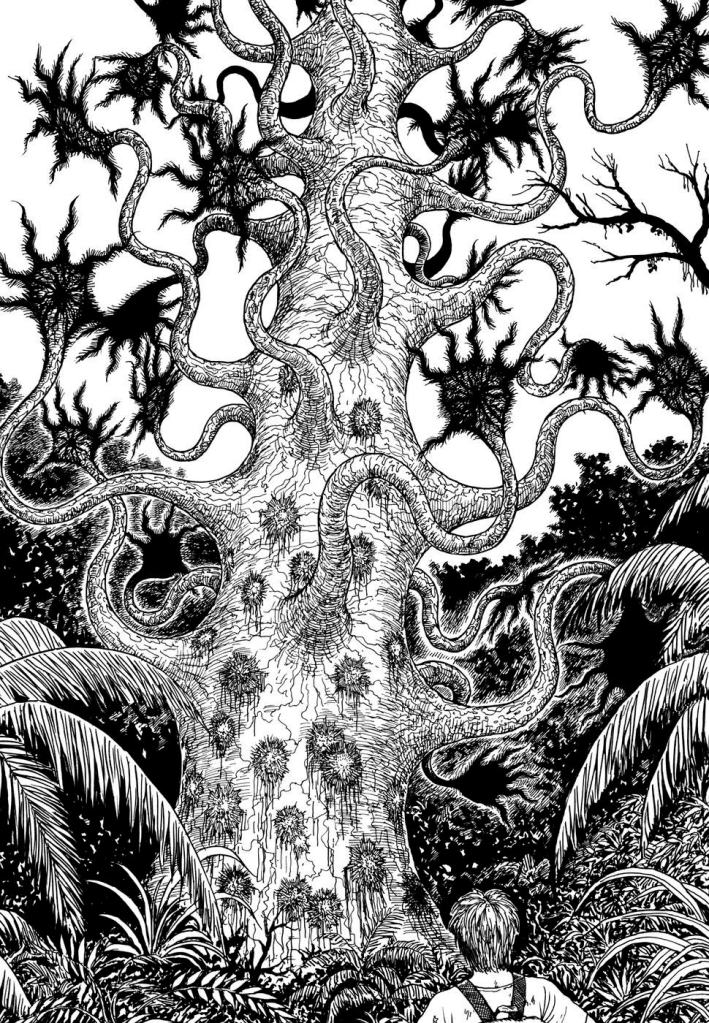
SYMBOLISM

Ok. Here comes the hard part, because many of Junji Ito fans, myself included, theorised that the author was making a reference to the work of H.P. Lovecraft, and that the infamous tree is actually Shub-Niggurath, or a reference of her, as well as her terrible, destructive influence on humans. Nonetheless I want to add something up. I personally believe that Junji Ito was using body horror to making a social commentary about the dangers of drugs, as well as the dangers of «looking for new thrills» without reflecting on the consequences that they have on us, especially on the youth people, who are the most vulnerable toward this kind of toxic activities.
Furthermore, this reminds me more of the Hounds of Tindalos, from Frank Belknap Long, who, after summoning them, they will always haunt you, appearing on the corners of your home, and butchering you in the worst ways possible.
Tell me what you think on the comments.
CONCLUSION
Splatter Film is another great story from the genius that is Junji ito. Highly recommended if you love his stories.
And let me pass you the links of this story.
https://junjiitomanga.fandom.com/wiki/Splatter_Film
https://imgur.com/gallery/fFrO0
Have a good one, and enjoy the rest of the day.
